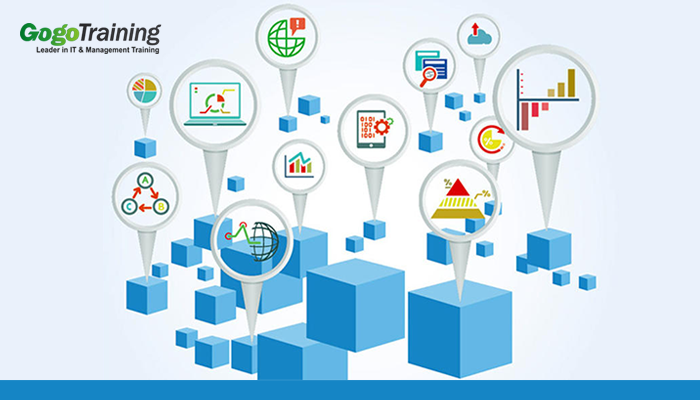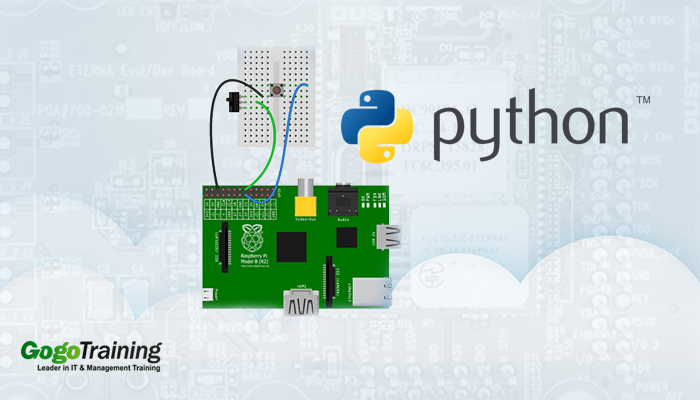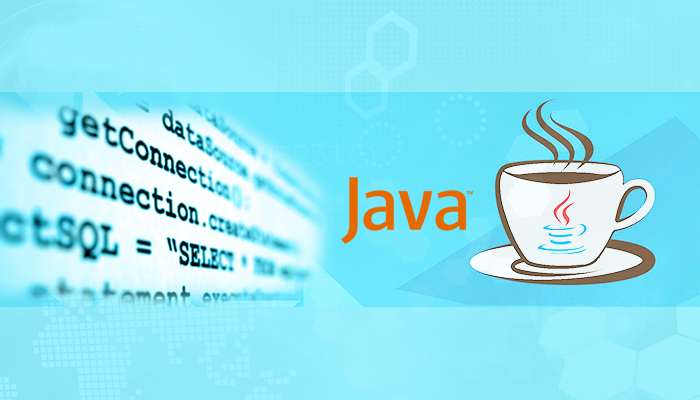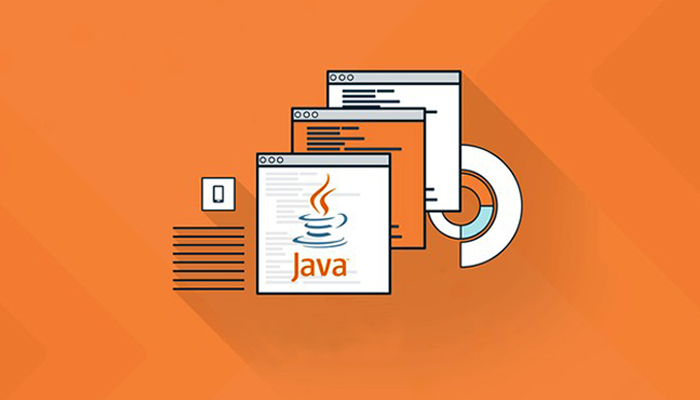Planning to get Oracle® certified? Well done! You have made the right decision – it will make you stand out in the highly competitive market. Apart from getting broader access to the industry’s most challenging opportunities, certifications provided by Oracle® Corporation demonstrates your knowledge and skills required to support core products available in Oracle®. With the increasing competition, employers are practicing the cherry picking policy where they are selecting the best cherry from the lot.
When you become a Certified Professional recognized by Oracle®, you demonstrate understanding of the skills that are required by professionals to get fit in the chosen role. IT professionals who are accredited with OCA have a competitive and distinct advantage over other IT aspirants.
With each and every step that you make towards gaining knowledge and a set of skills, you are entitled to a certification that:
- Accelerates your professional development
- Improvises your level of productivity
- Enhances your credibility
In addition, certification enables the companies to hire proven performers that justify the company’s investment in the Oracle® technology. Scenario-based tests included in certification of Oracle® give an effective assessment analysis of problem-solving ability and hands-on expertise. The certification will enable the employers to recognize your skills, knowledge to install & configure, and maintain the database; thereby, adding value to your career growth.
Oracle offers different certification tracks including Oracle Certified Professional (OCP) and Oracle Certified Associate (OCA). Each of these certifications hold a distinct advantage, highlights your achievements and identifies you as a valuable asset to the company. Survey reviews and statistical analysis conducted by WordPress and Payscale for professionals certified by Oracle® shows that:
- 82% of OCP’s realized a major acceleration in their earning capability.
- 42% of OCP’s elaborated that if their employer would pay for their accreditation, they would get it.
- 90% of OCP’s agreed that they have been able to improve their job prospects.
- 89% of OCP’s gave a consent that they consider themselves better qualified in managing and tend to stay with that company executing complex issues and projects.
Below are some of the major benefits credited with the OCA DBA 11g/12c certification provided by Oracle®:
- Proven skills and expertise of an IT Professional
- Ability to handle massive and continually expanding necessities of modern organizations
- Complete knowledge of database backup & recovery, creating & maintaining data and preparing the database environment









